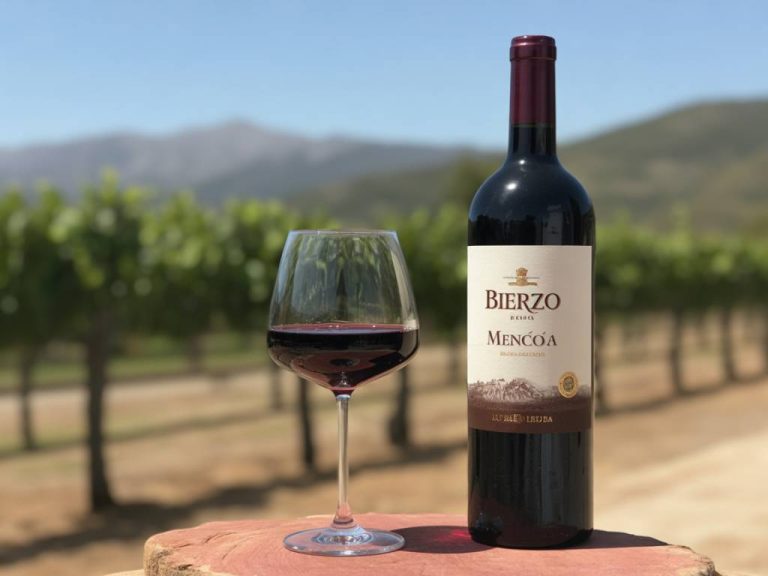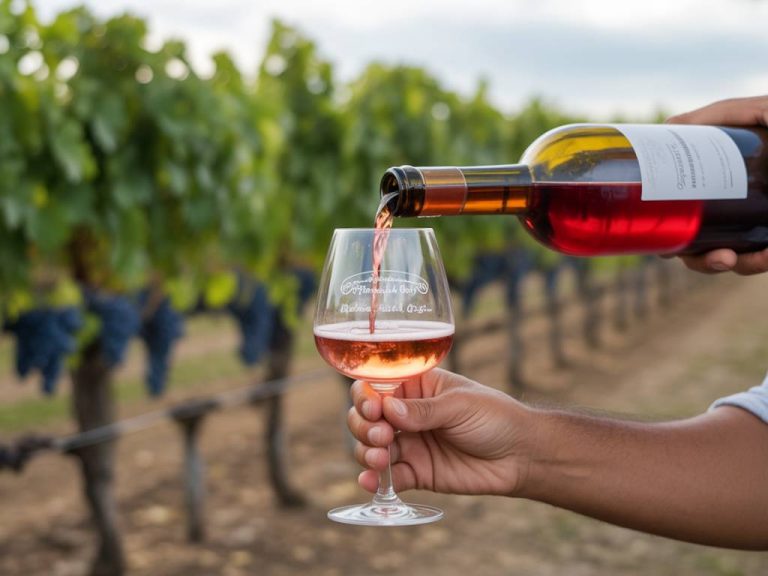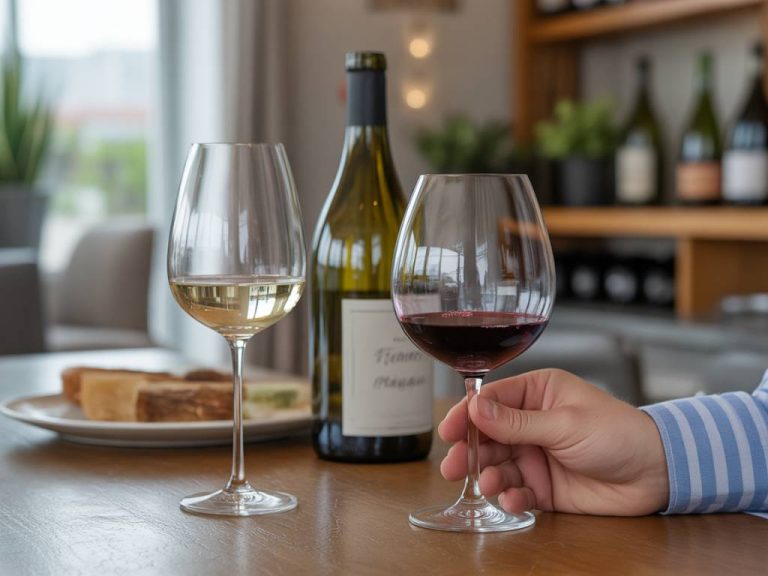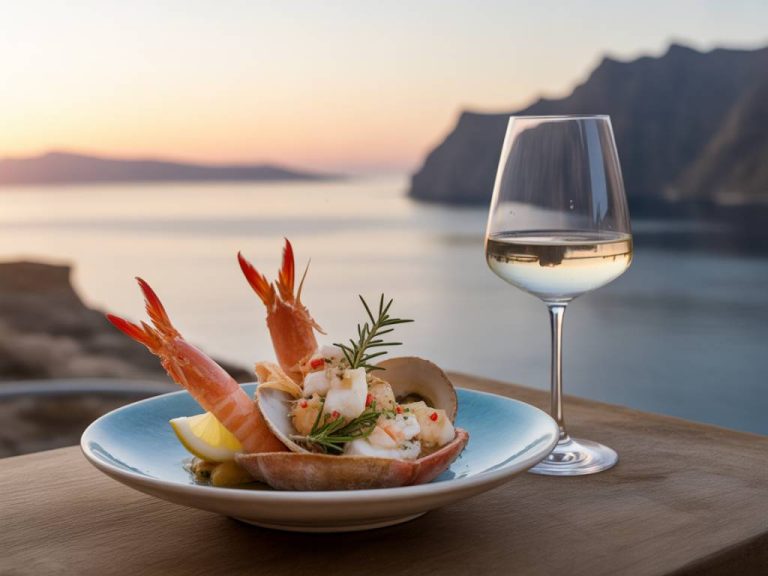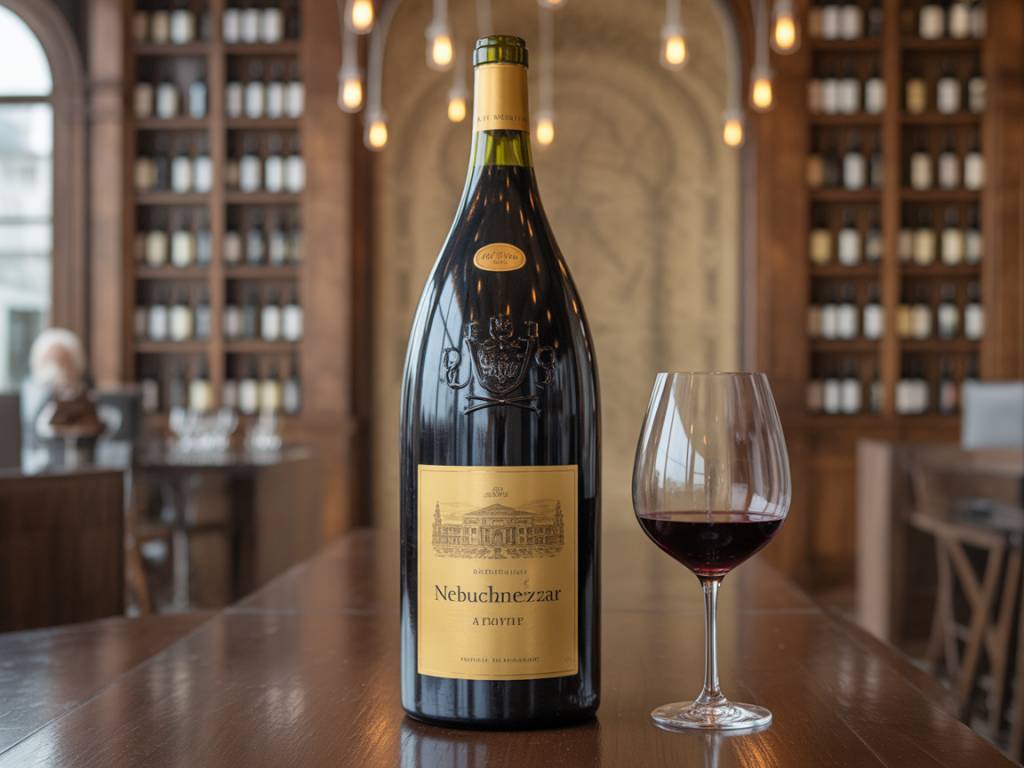
Biggest wine bottle size: from magnum to nebuchadnezzar
What’s Bigger than a Magnum? Welcome to the World of Giant Wine Bottles
At first glance, a Magnum feels impressive. Twice the volume of a standard wine bottle and often used for celebrations and aging great wines, it’s a favorite among wine lovers. But the Magnum is just the beginning of a much bigger story — quite literally. Venture into the realm of oversized wine bottles and you’ll stumble upon an entire lineup of curious names: Jeroboam, Methuselah, Salmanazar, Balthazar, Nebuchadnezzar… Each increasing in size — and often in storytelling power.
But what do these bottles really hold, both in volume and in value? And why do winemakers and collectors have such an affection for these giant glass vessels?
Why Bigger Often Means Better — For the Wine
Let’s get one thing clear from the start: these supersized bottles aren’t just for spectacle. There’s genuine winemaking science behind their allure. Larger bottles allow wine to age more gracefully thanks to their lower oxygen-to-wine ratio. That slower oxidation process results in more stable, nuanced aging — which is exactly why high-quality producers will often bottle their best vintages in these formats.
Ever tasted a 15-year-old Pinot from a Magnum and been stunned by its freshness? That’s not all in your head — that’s chemistry at work. The volume-to-air surface ratio is simply more favorable in large formats.
But it’s also about occasion. These bottles are showstoppers, centerpieces at weddings, anniversaries, milestone birthdays, and holidays. Try walking into a room with a Salmanazar under your arm. You won’t be ignored.
Standard Sizes: The Foundation Before the Giants
Before diving into the titans, let’s quickly revisit the standard lineup so we can fully appreciate the scale-up:
- Split (187.5 ml): Equivalent to a quarter bottle — often seen in single-serve sparkling wines.
- Half-Bottle (375 ml): Called a « demi », perfect for a glass or two.
- Standard Bottle (750 ml): The universal reference point.
- Magnum (1.5 L): Equal to two standard bottles — considered ideal for aging.
Now that we’ve covered the basics, let’s walk through what comes next — and the Biblical giants that inspired their names.
Beyond the Magnum: The Wine Bottle Pantheon
With names drawn from ancient kings and biblical figures, these large-format bottles not only hold more wine, but also carry layers of history and myth. Here’s a breakdown of the most common large-format bottles you might encounter:
- Jeroboam: Holding 3 liters (equivalent to 4 bottles), it’s named after the first king of the northern kingdom of Israel. For sparkling wines, though, Jeroboam refers to a 3-liter bottle, while for Burgundy and Bordeaux still wines, things get fuzzier — sometimes used for 5 liters depending on the region.
- Rehoboam (4.5 L): Equal to 6 bottles. A format mostly used for sparkling wines, and quite rare today. Rehoboam was the son of Solomon and king of Judah — apparently, he liked to make an impression.
- Methuselah (6 L): Now we’re talking. Equal to 8 standard bottles, and often used for Champagne and Burgundy. Named after the oldest man in the Bible (969 years!), this bottle hints at longevity — fitting for wines meant to age.
- Salmanazar (9 L): A showstopper. This 12-bottle equivalent usually appears at grand events or auctions. The name comes from an Assyrian king, just in case the biblical names weren’t dramatic enough.
- Balthazar (12 L): Equivalent to 16 bottles, or a full case plus four. Perfect for raising eyebrows at a company event or a very generous wedding.
- Nebuchadnezzar (15 L): The grand dame, holding 20 bottles’ worth of wine. Named after the Babylonian king who built the Hanging Gardens, this is perhaps the most iconic of the oversized bottles if only because of its sheer presence.
To give you a sense of scale — a Nebuchadnezzar of Champagne can weigh over 80 pounds when full. You won’t pour that one with grace unless you’ve had biceps training.
Less Common… But They Exist
While Nebuchadnezzar tops most lists, some ambitious producers go even further. Meet the ultra-rare formats:
- Melchior (18 L): That’s 24 bottles — a full case of wine in one majestic pour. Mostly custom order, often made for charity auctions.
- Solomon (20 L): Like Melchior, this one’s almost mythical. Used primarily for display or ceremonial presentations.
- Primat (27 L) and Melchizedek (30 L): These are legend-tier bottles. At 40 bottles’ volume, a Melchizedek is more often photographed than consumed. Only a handful exist on Earth at any given time, and they typically house Champagne. You don’t stumble upon these — they find you.
Are these practical? Not always. But are they unforgettable? Absolutely.
The Practical Side: Serving and Storage
You might wonder — how do you actually open and serve a bottle the size of a toddler? The short answer: with help. Bottles beyond 6L often require two people for safe pouring, and many collectors use decanters to subdivide the wine before serving. Specialized stands and cradles exist for this purpose — and yes, they’re as niche as you think.
Storage is another concern. Wine fridges and traditional cellars aren’t usually designed for high-volume formats, so if you’re considering investing (or just indulging), make sure you have not only the money and the guests — but the space.
Collectors and Auctions: Big Bottles, Big Numbers
Large formats also attract significant attention at auctions. A 6-liter Methuselah of Domaine de la Romanée-Conti fetched over $300,000 at Sotheby’s. Why? Rarity, prestige, and the allure of perfect aging conditions. Many high-end producers will only bottle magnums or larger for their finest vintages, making these bottles instant collector’s items.
In Napa, Bordeaux, and Burgundy alike, it’s common to see special editions released only in Magnum or Jeroboam. It’s not just a branding exercise — winemakers know these formats express the wine in a more elegant, long-lasting way. And for the buyer, they represent both taste and time capsules.
When Should You Buy a Large Format Bottle?
If you’re buying for aging potential, then Magnum or Double Magnum (Jeroboam for still wines) is your sweet spot. These formats balance exceptional aging with manageable storage and opening logistics. Planning a 10-year wedding anniversary? Buying the same vintage in Magnum might be one of the best wine investments you’ll ever make.
If you’re hosting a large event or celebrating a milestone, that’s when Methuselah and above make the most sense. While the cost per liter often increases incrementally with the bottle size, so does the emotional impact — and that’s harder to price.
Final Thoughts: The Magic of Magnitude
Wine is never just about volume. It’s about experience, emotion, and memory. Large format bottles serve all three on a grand scale. Whether you’re cellaring for the future or raising a mammoth toast with friends, these giant bottles are where winemaking meets theater. And that, truly, is something worth pouring into.
